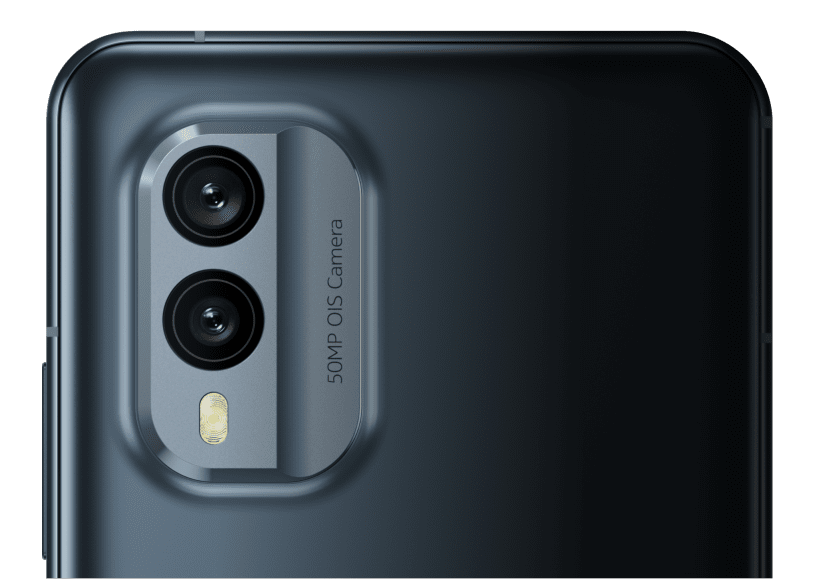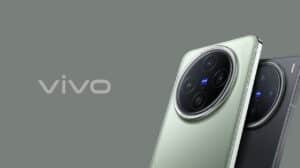It’s the 2nd half of 2022, and HMD Global finally has a flagship Nokia smartphone to sell to millions of Nokia fans. Dubbed the Nokia X30, the phone is not here to compete with the best-in-class high-end segment. However, it steers hmd out of the “budget,” “boring,” and “poor specs” kind of tags that hmd has been associated with since 2020 – when a mid-range Nokia 8.3 5G was announced running on the Snapdragon 778G.
Nokia X30 brings a lot of spec to the Nokia world. There is finally an AMOLED display, there’s also an in-display fingerprint scanner. The aluminum chassis is returning as well, along with PureView branded cameras. And there’s the Snapdragon 695 SOC, which appears better after a flood of Snapdragon 480-powered devices in 2021 and 2022. The Nokia X30 does seem to pack a punch – at least for those who have been hoping for something better from one of the most iconic brands of all time.
Nokia X30 5G – Specs Overview
- Dimensions: 158.9mm * 73.9mm * 7.99mm
- Weight: 185g
- Build: 100% recycled aluminum frame, 65% recycled plastic back
- Water resistance: IP67
- Display: 6.43-inch Full-HD AMOLED display
- Protection: Gorilla Glass Victus
- Refresh rate: 90Hz
- Brightness: 450 Nits (700 Nits Peak)
- Fingerprint scanner embedded within the display
- Cameras: Dual cameras on the back
- Back: 50MP primary w/ OIS + 13MP Ultrawide
- Front: 13MP (center punch-hole)
- CPU: Qualcomm Snapdragon 695 5G
- Storage and RAM: 6GB + 128 GB | 8GB + 256GB UFS 2.2
- Battery: 4200 mAh
- Charge cycles: 800
- Charging speed: 33W (QuickCharge 3.0)
AMOLED Display and an in-display fingerprint scanner
If I am not wrong, it is the first time a phone made by HMD Global uses an AMOLED display. They did use OLED with the Nokia 9 PureView. However, AMOLED happens to be a more commonly heard and preferred display spec for most of the general public.

The Nokia X30 packs a 6.43-inch AMOLED display protected by Corning’s Gorilla Glass Victus. The size isn’t as big as the Nokias of last year. However, it should make for a good hand feel. The panel can handle screen refresh rates up to 90Hz and a peak brightness of up to 700 Nits. HMD Global has also added a fingerprint scanner under the display. The display panel is PureDisplay branded, but there’s no mention of the PixelWorks chip for SDR to HDR upscaling. Hardware-wise the display is appealing and should be competitive with the offers from other brands.
The return of PureView cameras
PureView is a Nokia trademark associated with devices that excelled in photography capabilities. HMD Global acquired the trademark from Microsoft and has used it for Nokia 9. After that, it was partially used for the Nokia 8.3, and now the Nokia X30’s camera is also advertised as a PureView.

The Nokia X30 5G packs three cameras in total, with two on the back and one in the front for selfies. It is good to go with fewer but better cameras than flooding the camera housing with too many of them. While a real-world test is needed to know if the cameras are good, the hardware used is appealing. Nokia X30’s primary camera is a 50MP f/1.8 shooter along with OIS for more stable photos and videos. The supporting sensor is a 13MP f/2.4 Ultrawide that should also take macro shots.
The Nokia and Zeiss partnership has ended. So, HMD has used Corning’s DX+ glass to add anti-reflective optics and scratch resistance to the glass that covers the camera sensors.
Connectivity covered up
Nokia X30 delivers all connectivity essentials. This includes the support for 5G (SA and NSA), and Wi-Fi (802.11 a/b/g/n/ac/ax), Bluetooth 5.1, GPS, NFC and USB-C (2.0).
Similarly, the phone includes essential sensors such as Proximity, Accelerometer, and E-Compass. And on top of that, there is also an IR blaster to use the phone as a remote control for various appliances.
Stock Android and four years of updates
Nokia Android phones have always come up with the promise of long-lasting software support. They run on stock (or almost stock) Android with minimal bloatware (sadly at the expense of fewer features too). The same continues with the Nokia X30 5G. The phone runs on Android 12. It will receive three major OS updates, i.e., until Android 15 and monthly security updates.
Going by the specs sheet, the Nokia X30 outshines the rest of the lineup of Nokia phones. HMD Global has invested in the right areas to balance the device from a performance and usability perspective. So, instead of having too much of one thing and contracting back on another, the Nokia X30 tries to be a device for everyone.
Is HMD Global back in the game?
Nokia X30 5G is one nice Nokia phone after a long break. The phone will create some noticeable buzz and demand for Nokia phones in the market. However, one device can’t define the overall direction of the company. HMD Global does seem to be taking its time to move slowly and firmly. Their focus continues to be on feature phones and budget phones. They are trying to expand into higher price points too. Depending on how well the Nokia X30 fares in the market, there should be more upgrades to the Nokia X-series with more of the latest technology and high-end features.
I can’t say that HMD Global is back in the game. But I can say that they are trying it again, which is a nice thing to happen because you can’t aim to win a game until you start playing. What do you think of the Nokia X30 5G? I’d like to hear from you in the comments section below.






